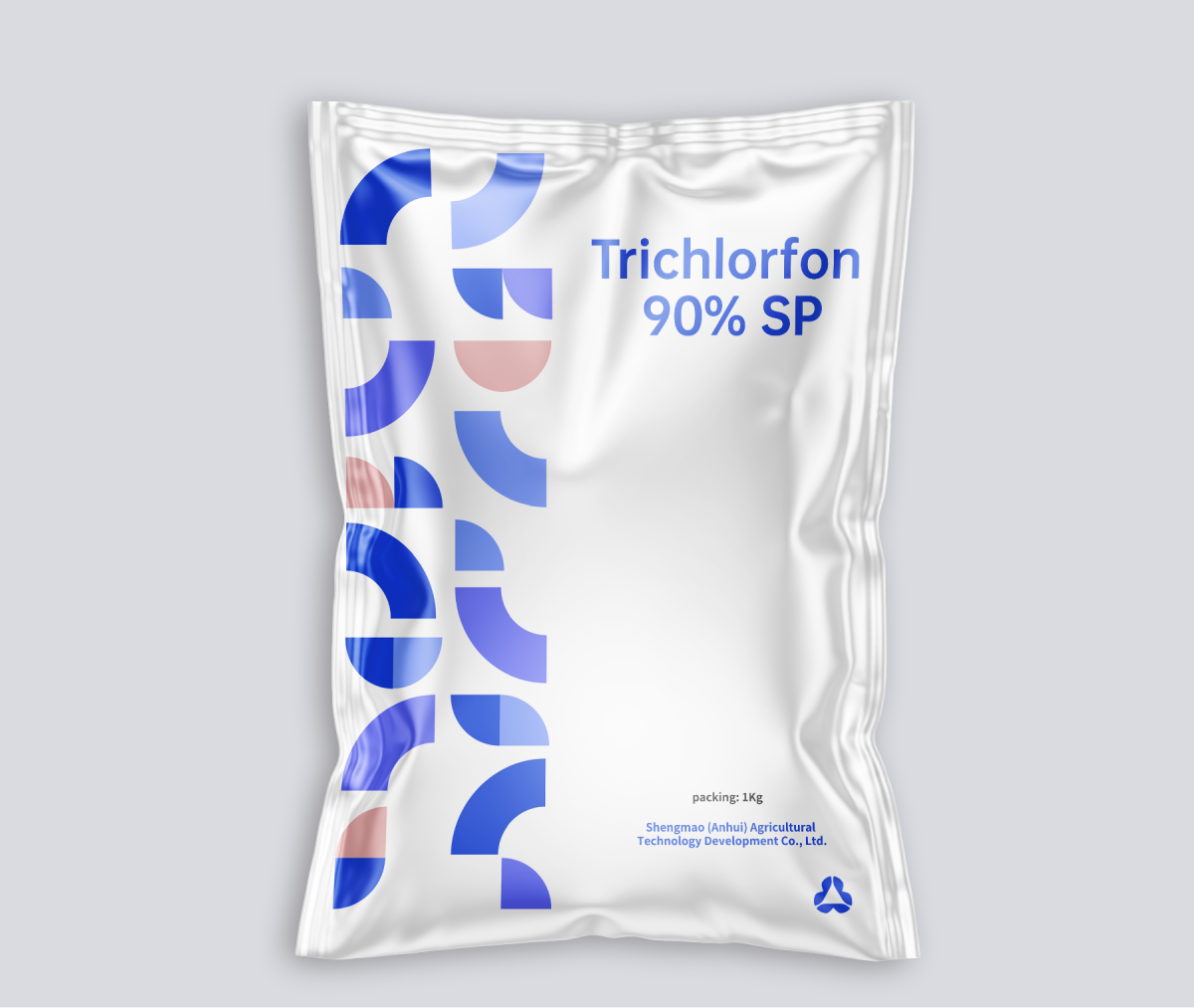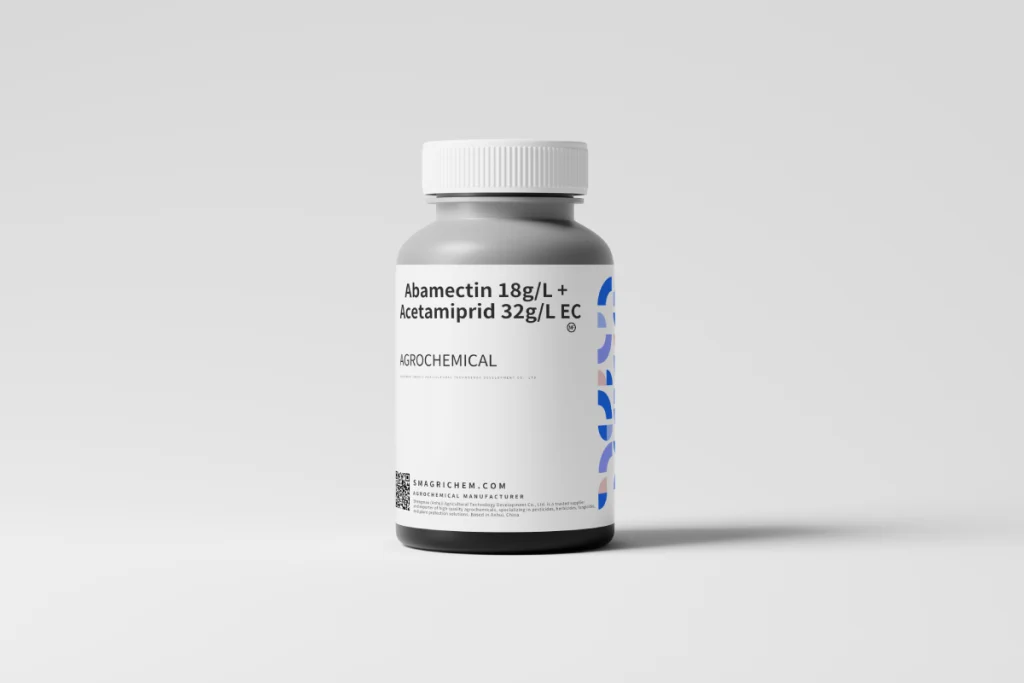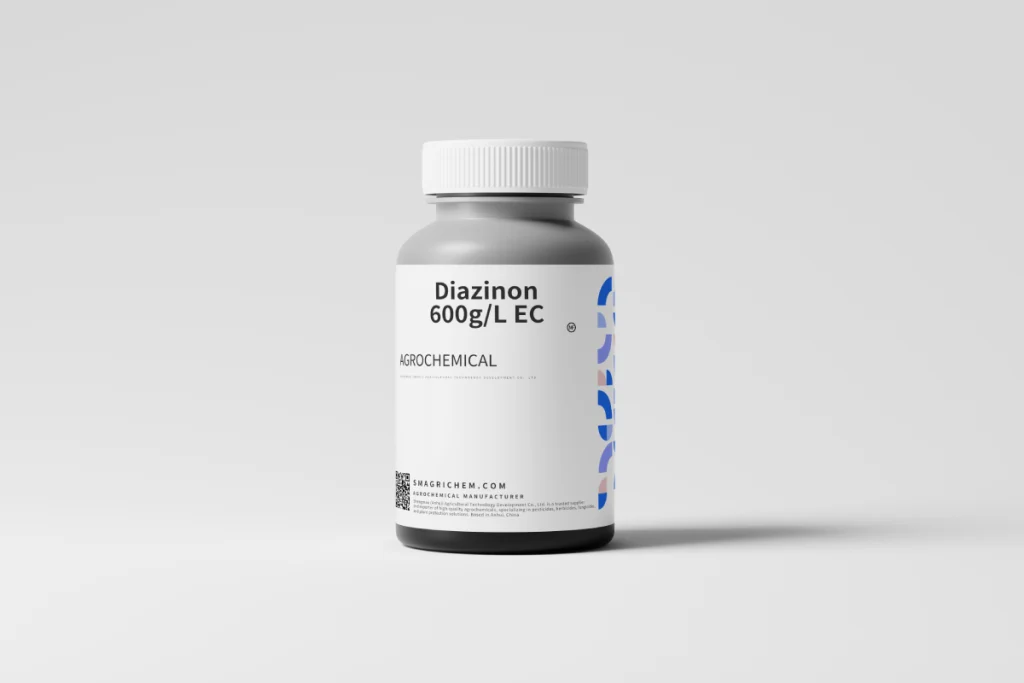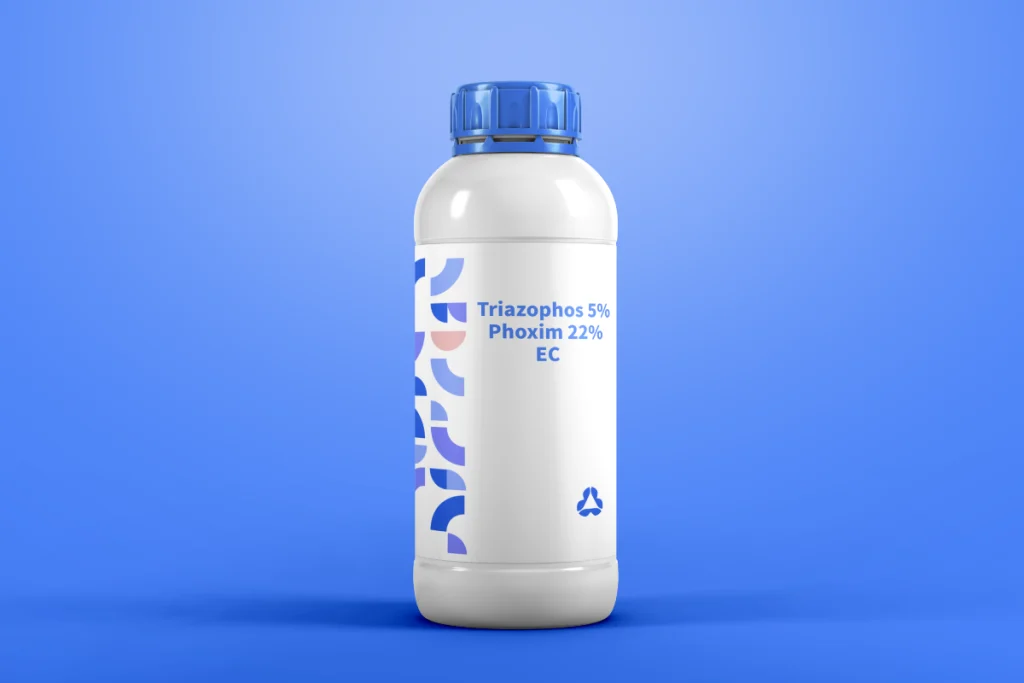Trichlorfon is a powerful, fast-acting organophosphorus insecticide known for its broad-spectrum control and low toxicity. It works primarily through stomach poisoning, with additional contact and osmotic action, making it highly effective for eliminating pests across agriculture, livestock, aquaculture, and public health environments.
From grub control in lawns to external parasite management in livestock, Trichlorfon delivers reliable pest control with minimal residue—ideal for integrated pest management (IPM) programs.




